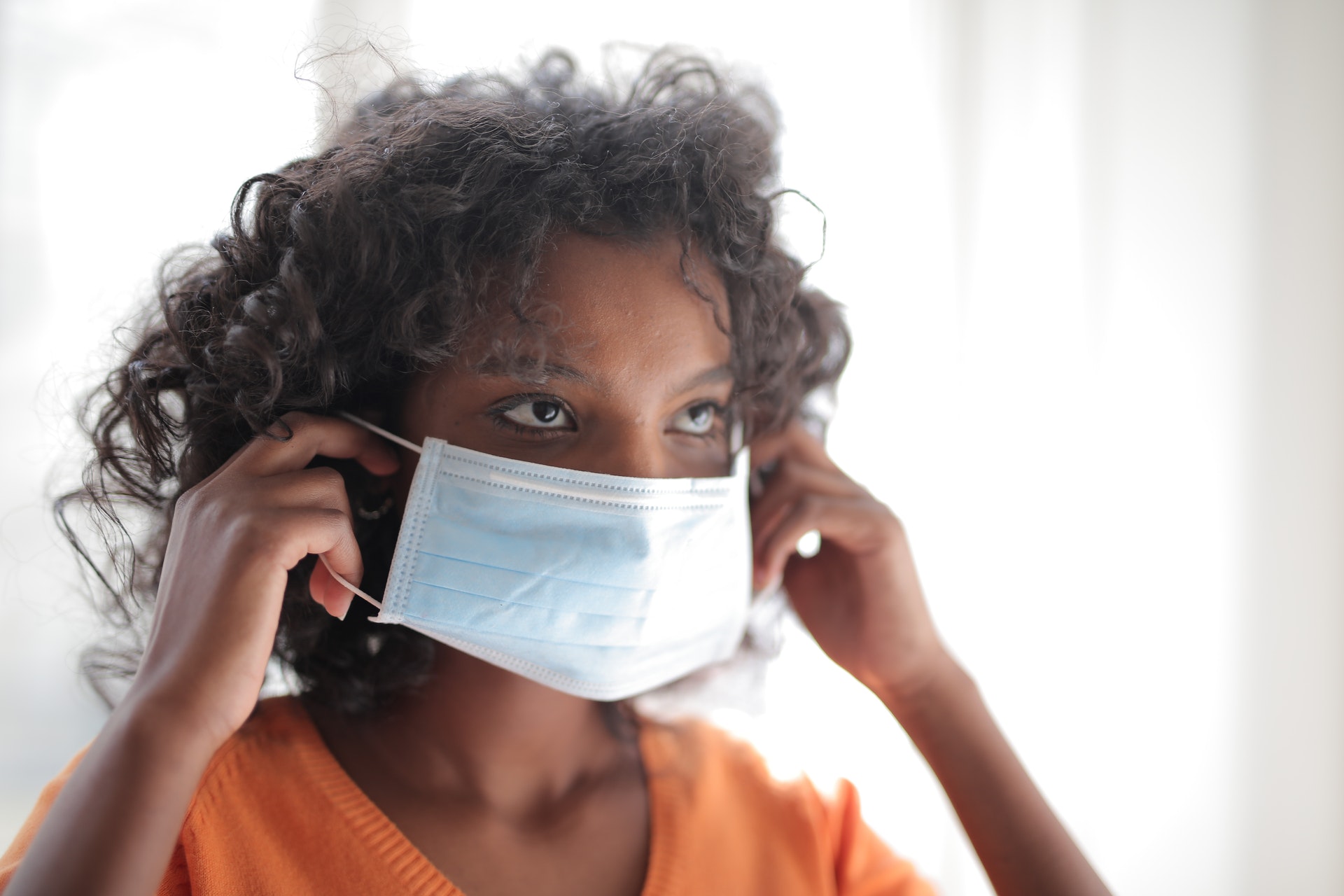Your Complete Guide to Safe and Comfortable Face Covering
Your Complete Guide to Safe and Comfortable Face Covering
Q: I’ve started wearing a face mask every time I go out, per CDC recommendations. I’m finding these coverings to be less than comfortable. Is there any way around these irritations?
A: Face coverings have become an essential wardrobe component during the coronavirus pandemic. Fortunately, complying with the CDC’s advice doesn’t need to translate into ongoing discomfort. Here’s how to comfortably wear your face coverings without compromising on safety.
The elastic ear loops on my face mask irritate my ears. Am I doing something wrong?
Irritated ears are a true annoyance, but there are products and hacks that may help.
You can try the “ear saver,” a double-sided clip that’s worn behind the head with four different hook levels. Loop the elastics on the hook that best fits your head to relieve the pressure on your ears.
You can also try sewing a pair of buttons onto a headband or baseball cap to use in a similar fashion. Measure the placement of the buttons carefully, placing them at the right spot to hook the elastic loops of your face mask.
I wear eyeglasses, and when I put on a face covering, my breath fogs the lenses. Is there any way around this?
First, try to tighten your covering. Dr. Richard Martinello, professor of infectious diseases at Yale, says a tighter fit will prevent air from escaping your mask and fogging up your glasses.
The easiest solution to prevent the warm, moist air of your breath from hitting your glasses is to place a folded tissue between your mouth and the mask. Also, make sure the top of your mask is tight and the bottom looser, to help direct your exhaled breath away from your eyes.
Some other solutions to the clouded-up glasses problem include using a commercial anti-fogging spray or using a thicker fabric for your homemade face covering.
Do I need to wear a face-covering every time I leave my house?
The CDC has recommended that all Americans wear face coverings when out in public; however, even in states where face coverings are now law, they are not required to be worn every time people leave their home. In general, face coverings are recommended (or required) in public areas where social distancing is impossible to adhere to at all times.
It’s best to use common sense for determining when you need to wear a face covering. For example, if you live in a suburban area with lots of space between the houses, you likely do not need to wear a mask when going for a jog; however, if you live in an apartment building in a densely populated area, you may need to cover your face every time you leave your home.
What do I need to know about the proper way to wear a mask?
Most importantly, make sure your mask covers your nostrils and your entire mouth at all times. A tight fit that allows for breathing is equally important.
Be careful when removing your mask, as well. The CDC advises people not to touch their eyes, nose and mouth when taking off a face covering and to wash their hands immediately after doing so.



